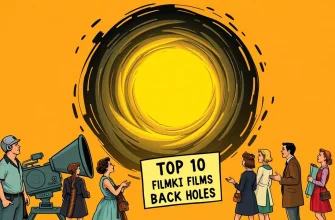Fancy a trip to the stars without leaving your sofa? This curated list of 10 sci-fi films about astronauts is your ticket to an interstellar adventure. From gripping tales of survival to mind-bending explorations of the unknown, these films not only entertain but also inspire us to look up at the night sky with wonder and curiosity. Whether you're a space enthusiast or just love a good yarn, these cinematic journeys will captivate your imagination and perhaps even make you ponder the vastness of the universe.
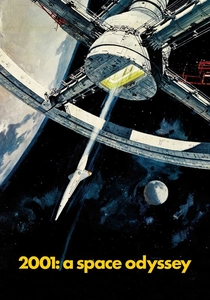
2001: A Space Odyssey (1968)
Description: Stanley Kubrick's masterpiece delves into the mysteries of human evolution and artificial intelligence, with astronauts encountering the enigmatic monolith on a journey to Jupiter.
Fact: The film's special effects were groundbreaking, and it was one of the first to be shown in 70mm Cinerama.
 Watch Now
Watch Now
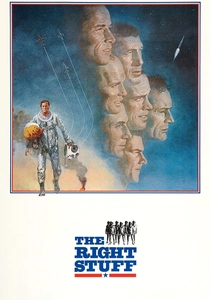
The Right Stuff (1983)
Description: This epic drama chronicles the early days of the U.S. space program, focusing on the Mercury Seven astronauts. It's a tribute to the bravery and determination of these pioneers.
Fact: The film was shot at real locations, including Edwards Air Force Base, where many of the events took place.
 Watch Now
Watch Now
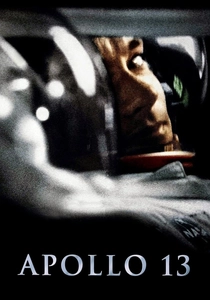
Apollo 13 (1995)
Description: This film recounts the real-life Apollo 13 mission, where astronauts Jim Lovell, Jack Swigert, and Fred Haise face a life-threatening crisis in space. It's a gripping tale of teamwork and survival against all odds.
Fact: The film used real NASA footage and the actual spacecraft from the mission to enhance authenticity.
 Watch Now
Watch Now
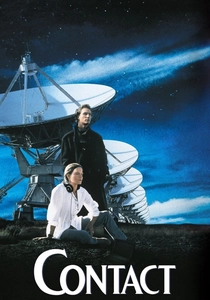
Contact (1997)
Description: Based on Carl Sagan's novel, this film follows Dr. Ellie Arroway, who receives a message from an alien civilization. It's a journey of faith, science, and the search for meaning in the universe.
Fact: Jodie Foster underwent astronaut training to prepare for her role, and the film features real-life scientists and astronomers in cameo roles.
 Watch Now
Watch Now
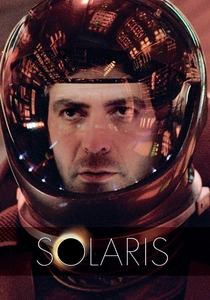
Solaris (2002)
Description: Steven Soderbergh's remake of the classic Soviet film explores the psychological effects of space travel, with astronauts encountering manifestations of their memories on a mysterious planet.
Fact: The film was shot in a single location to create a sense of confinement and isolation.
 Watch Now
Watch Now
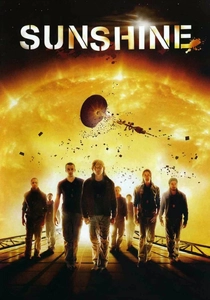
Sunshine (2007)
Description: A team of astronauts embarks on a mission to reignite the dying sun, facing psychological and physical challenges along the way. It's a visually stunning and thought-provoking film about sacrifice and the human spirit.
Fact: The film's director, Danny Boyle, worked with physicist Brian Cox to ensure the science was plausible.
 Watch Now
Watch Now

Interstellar (2014)
Description: Christopher Nolan's epic explores time dilation, wormholes, and the future of humanity, with astronauts venturing through a wormhole in search of a new home for mankind. It's a film that challenges our understanding of time and space.
Fact: The film's scientific advisor was physicist Kip Thorne, who helped ensure the portrayal of black holes and wormholes was as accurate as possible.
 Watch Now
Watch Now

Moon (2009)
Description: Sam Rockwell stars as an astronaut nearing the end of his three-year stint on the moon, only to discover shocking truths about his mission. It's a film that explores themes of isolation and identity.
Fact: The film was made with a relatively small budget, but its effects and storytelling are top-notch.
 Watch Now
Watch Now
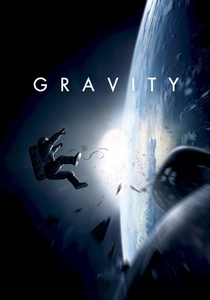
Gravity (2013)
Description: A heart-pounding tale of survival in space, where astronaut Dr. Ryan Stone must navigate her way back to Earth after a catastrophic event leaves her adrift in the void. This film is a must-watch for its stunning visuals and Sandra Bullock's riveting performance.
Fact: The film was shot in a custom-built light box to simulate zero gravity, and Sandra Bullock trained with NASA astronauts to get her movements just right.
 Watch Now
Watch Now
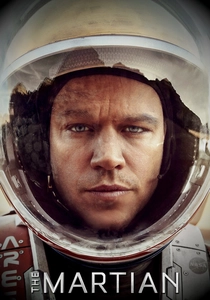
The Martian (2015)
Description: Based on Andy Weir's novel, this film follows astronaut Mark Watney, who is left stranded on Mars and must use his wit and science to survive. It's a testament to human ingenuity and the will to live.
Fact: Real-life astronaut Buzz Aldrin makes a cameo, and the film's depiction of Mars was praised for its accuracy by NASA.
 Watch Now
Watch Now





